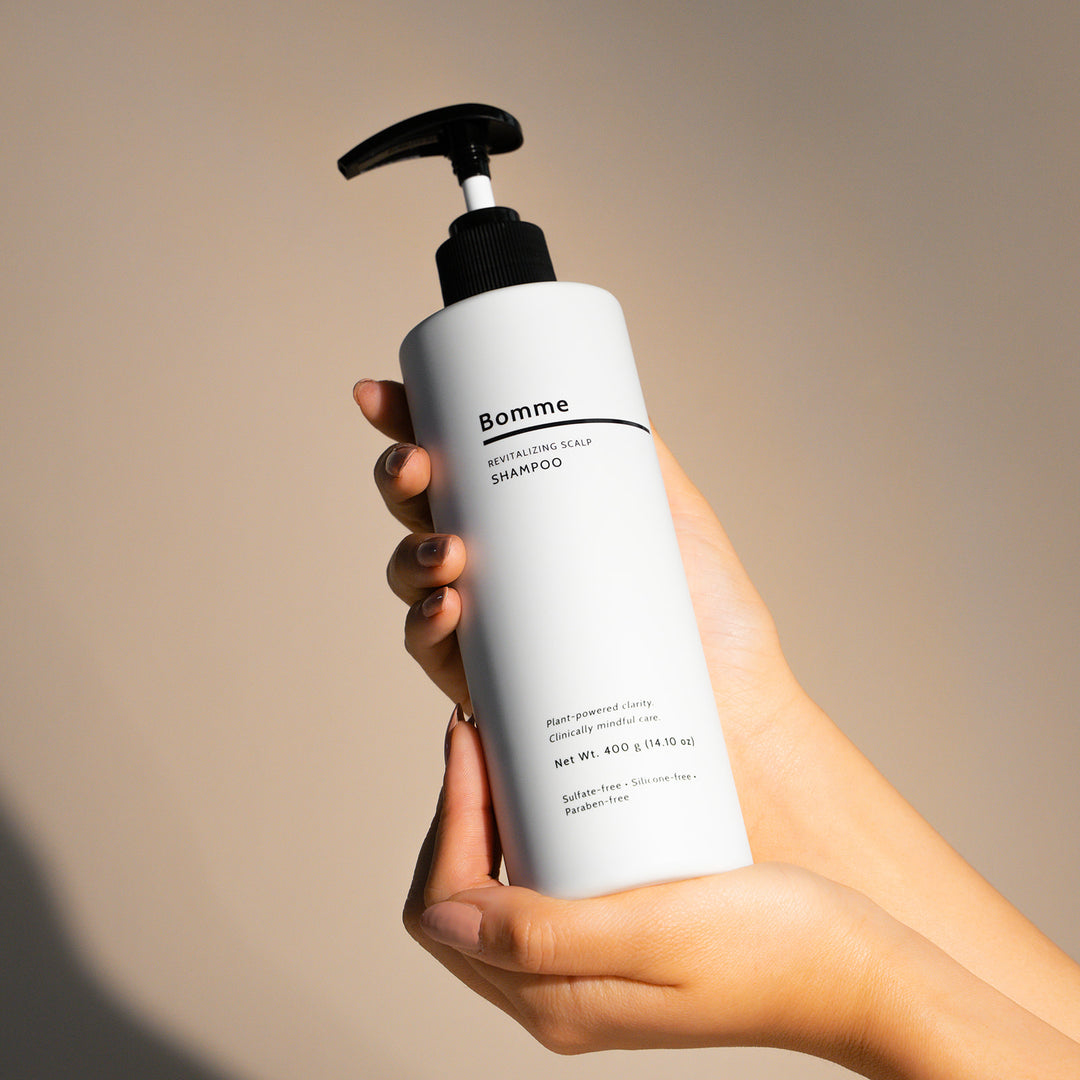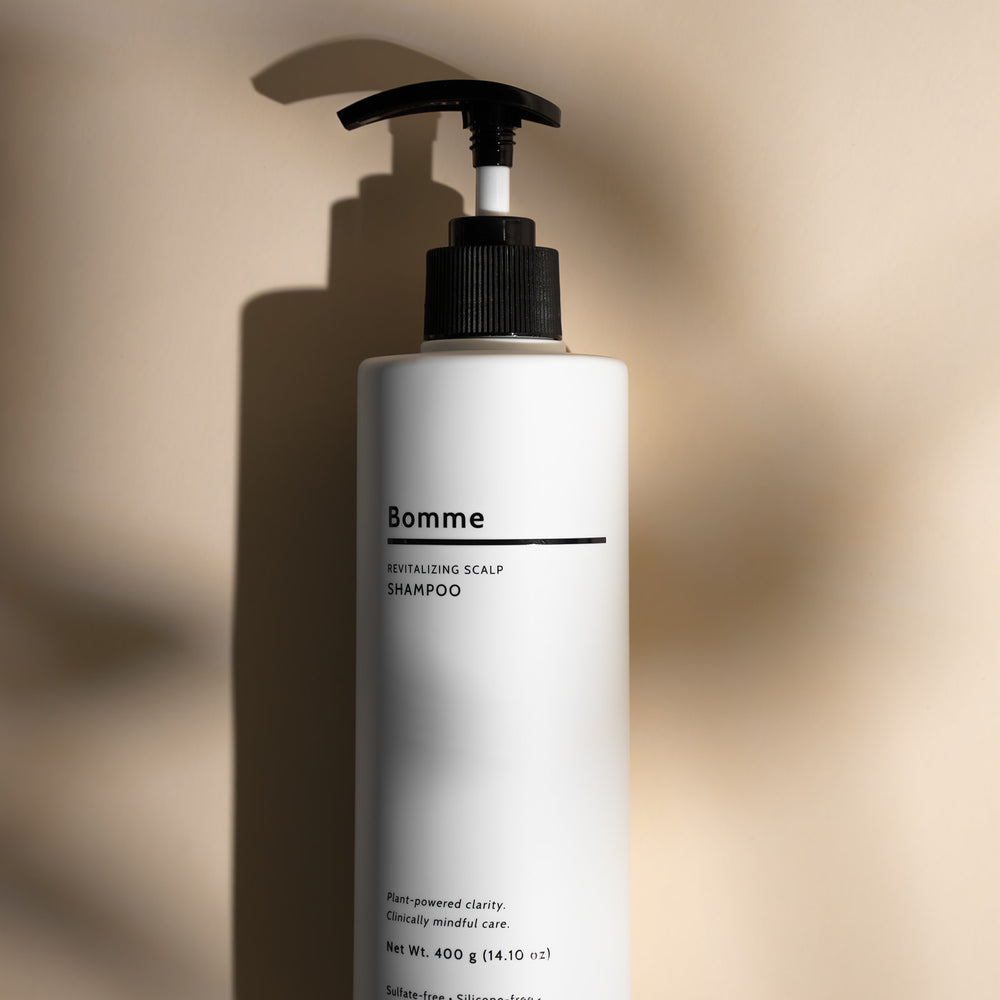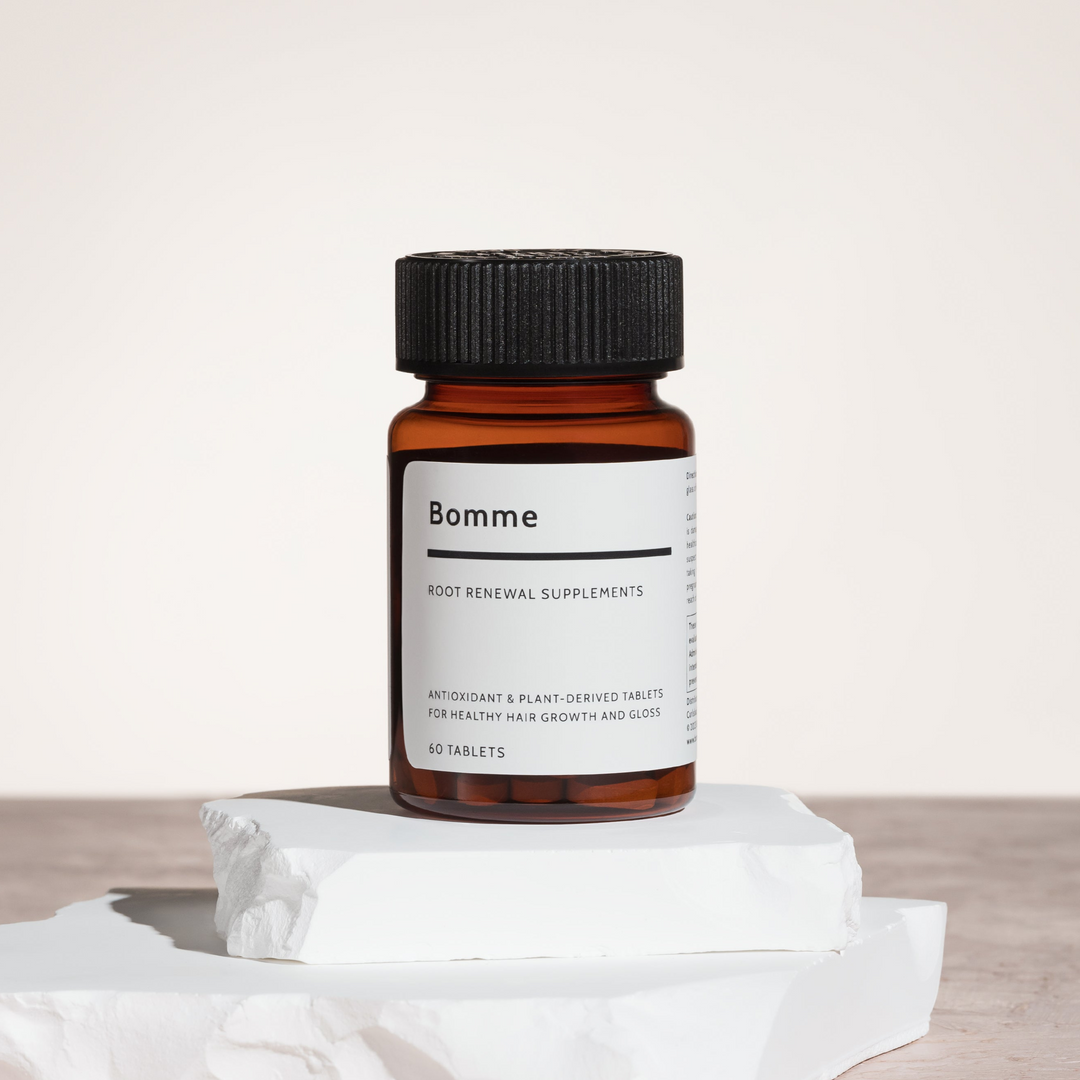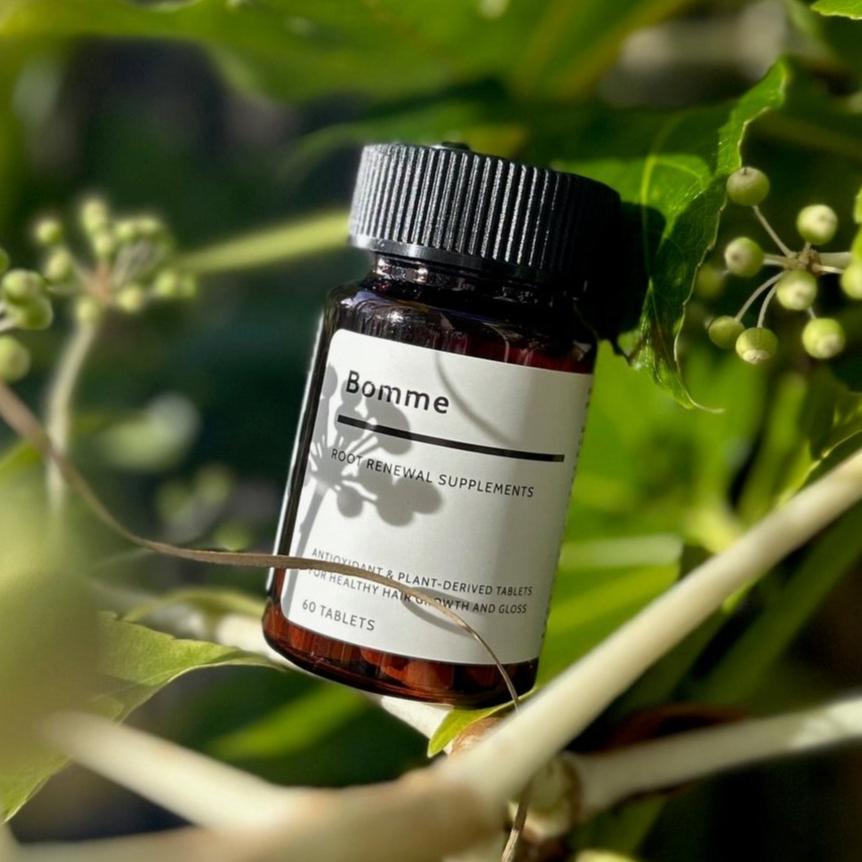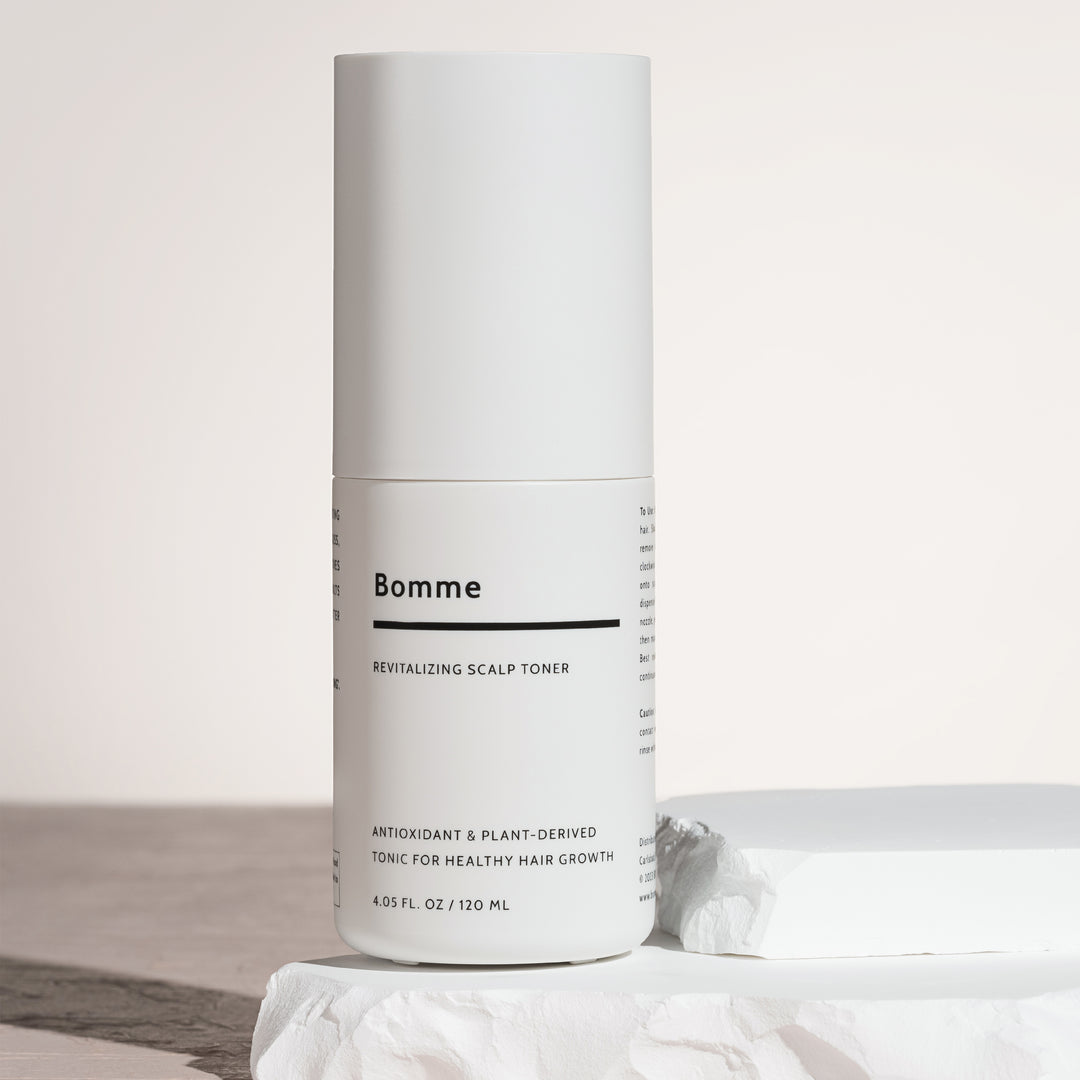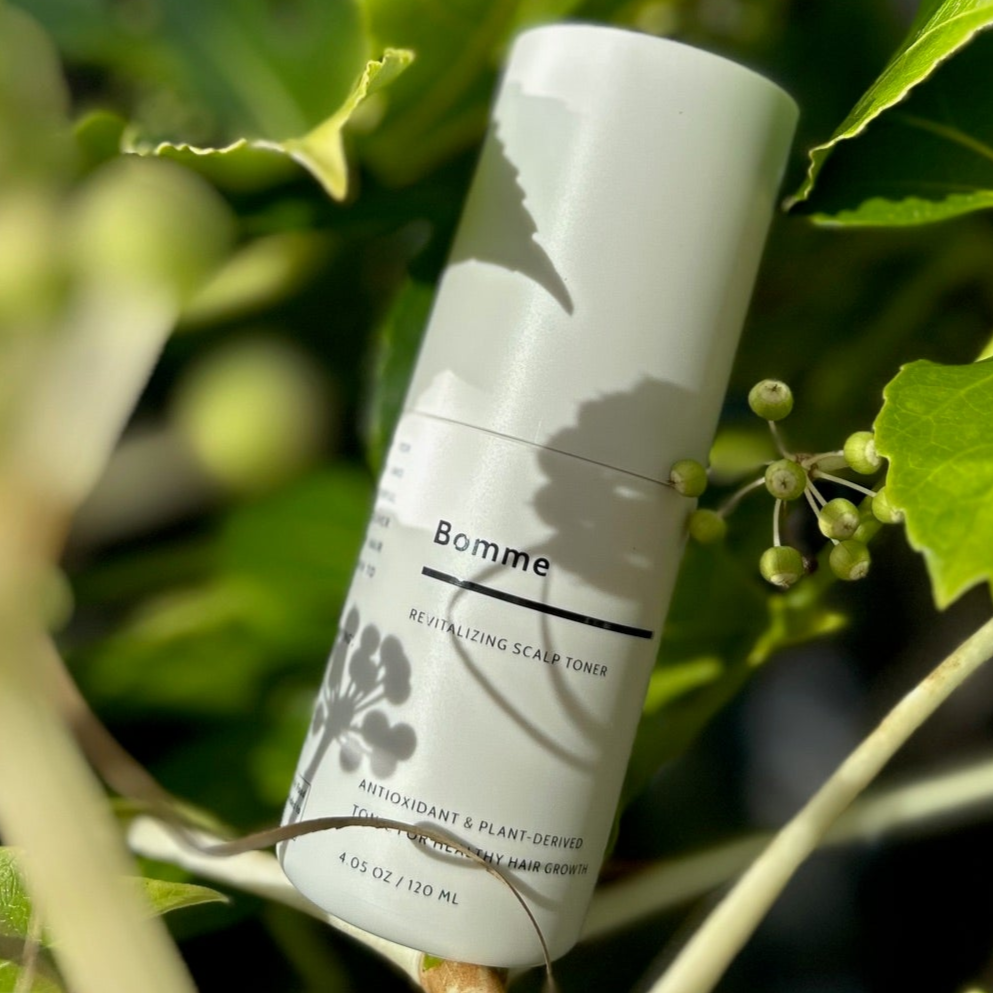Sometimes the simplest terms can be the hardest to define. We all know what hair is intuitively, but many of us would be hard-pressed to provide a dictionary definition for the word “hair.” Dictionary.com defines hair as “any of the numerous fine, usually cylindrical, keratinous filaments growing from the skin of humans and animals.”
Dictionary.com provides a technical definition, but the essence of hair extends far beyond the bounds of this description. Commonly associated with beauty and aesthetics, hair is a complex and fascinating aspect of human biology that serves many critical functions. Eyelashes keep dirt and dust out of our eyes. Body hair helps to regulate our temperature. Clearly, hair is important to our everyday functioning, but what exactly is it? And where does it come from?
In this article, we delve into the intricate world of hair, from its structure to its growth cycle, shedding light on its importance and significance.
The Building Blocks of Hair
Hair Shaft
When we talk about what our hair looks like, we’re talking about the hair shaft. The hair shaft is the portion of our hair that protrudes from the skin. The hair shaft is made up of three layers. The top or outermost layer is called the cuticle. The cuticle has a scaly structure that enables it to serve as a protective barrier. The cuticle is what gives hair its shine. Beneath the cuticle is the cortex. Making up 75% of the shaft’s weight, the cortex is what gives hair strength and elasticity. It also houses melanocytes, the pigmenting cells that determine hair color. In thicker hairs, there is a third layer called the medulla that lies at the core of the shaft. The precise function of the medulla is still undergoing research.
Hair Follicle
Unlike the hair shaft, which visibly protrudes from the skin, the hair follicle is embedded in the skin and hidden from view. A tube-like structure that anchors the hair shaft, the follicle has many moving parts that work together to facilitate the growth, maintenance, and function of the follicle as well as the hair it produces.
- Hair bulb: The hair bulb is a rounded structure located at the base of the follicle. It contains the cells that are responsible for forming the hair shaft. The hair bulb is the “living” part of the hair.
- Dermal papilla: Found at the very bottom of the follicle, the dermal papilla supplies vital nutrients to the hair bulb. It is made of connective tissue and blood vessels.
- Sebaceous gland: Connected to the follicle, the sebaceous gland produces a naturally oily substance called sebum, which moisturizes and protects the hair. Sebaceous glands are found all over the body and are a critical line of defense against microbes.
- Arrector pili: The arrector pili is a small bundle of muscle fiber that is attached to the follicle. It helps to keep the hair upright.
Hair Types and Profiles
Knowing your hair type has become an essential part of the hair care process. Familiarizing yourself with every minute detail of your hair can help you choose the right products, styling techniques, and maintenance routines to keep your hair healthy, manageable, and looking its best.
In the 1990s, Oprah Winfrey’s stylist, Andre Walker, created a hair typing system to promote a line of hair care products. Walker identified four distinct types of hair: straight, wavy, curly, and coily. Within each of these overarching groups, there are three subtypes of hair, all with their own identifiers. For example, hair type 1c falls under Type 1, or the straight hair category, and describes straight hair that is texturally thick and coarse.
The simplicity of Walker’s system made it the go-to guide for describing one’s hair type for years. Despite its widespread use and enduring popularity, however, many have criticized Walker’s hair typing system for being overly simplistic and reductive. In developing his typology, Walker relied mostly on curl pattern and texture. He neglected to include characteristics like density and porosity, which provide more information about the quality and durability of hair. Some critics have also argued that Walker’s system reinforces biased beauty standards by placing straight, fine hair at the top of the order, and thick, coily hair at the bottom.
As we move away from reductive typing systems like Walker’s, we need to think more critically about what we want out of our hair as well as what our hair is telling us that it wants. This line of thinking will enable us to more clearly identify our hair needs and find the products that best suit these needs. Here are some factors to consider when evaluating your hair:
- Texture: Texture refers to the thickness or width of an individual strand of hair. When you describe your hair as fine or coarse, you are describing its texture. It is common for people to have multiple textures within their hair.
- Curl pattern: When people talk about “hair type,” more often than not, they’re talking about the shape of the hair, or curl pattern. Curl pattern is determined by the shape of the follicle. In straight hair, the follicle is circular. In curly hair, the follicle is elliptical. The flatter the hair follicle, the curlier the hair. Though you can treat your hair to temporarily change the way it appears or behaves, the natural curl pattern of your hair will not change because it is encoded in your DNA.
- Porosity: Porosity is a measurement of the hair’s ability to absorb and retain moisture. High porosity hair absorbs moisture easily, while low porosity hair does not. Porosity affects how your hair responds to products and styling.
- Density: Density refers to the number of hair strands per square inch of the scalp. Some people have high-density hair, meaning that there are a lot of strands per square inch, while others have low-density hair, or few strands of hair per square inch. Density is not the same as texture, which measures the thickness of an individual strand of hair.
- Elasticity: Elasticity is the hair’s ability to maintain its shape after being stretched or manipulated. High elasticity is correlated with hair health and strength.
How Does Hair Grow?
The Hair Growth Cycle
Our hair grows so slowly and quietly that we often don’t think about the mechanisms that underlie hair growth. Hair growth is a dynamic process regulated by a delicate balance of internal and external factors. It occurs in four phases: anagen, catagen, telogen, and exogen.
Anagen
- Known as the growing or active phase, anagen is the longest phase of the hair growth cycle and lasts for roughly three to five years. During this stage, hair follicles work to produce new hairs through rapid cell division. Approximately 90% of the hairs on your head are in anagen at any given time.
Catagen
- Catagen, or the transition phase, marks the end of the anagen phase. During this stage of the cycle, hair growth slows down as follicles shrink and start to separate from the dermal papilla. In contrast to anagen, which can last as long as seven years, catagen is brief, lasting only two to three weeks.
Telogen
- Telogen is the third phase and is often referred to as the resting phase due to the fact that no growth occurs during this period. This is because the hair has completely detached from the papilla, meaning it has been cut off from the blood supply. Telogen lasts around three months.
Exogen
- Considered by some to be an extension of the telogen phase, exogen is the fourth and final phase of the hair growth cycle. During this so-called shedding phase, old hair is pushed out of the scalp by new hair. Shedding is a natural part of the hair cycle and typically results in the loss of 50-100 hairs per day. Shedding more than 100 hairs a day may be an indication of hair loss. Factors such as stress, illness, and hormonal changes can influence the rate of shedding.
Factors Influencing Hair Growth
On paper, the hair growth cycle seems straightforward. Anagen leads to catagen which leads to telogen which leads to exogen. However, internal and external factors can cause disruptions in the hair growth cycle, lengthening some stages and shortening others. This can cause hair growth to occur in unpredictable ways. Take telogen effluvium for example. Telogen effluvium is a type of hair loss that occurs when hair becomes stuck in the resting phase. It often follows significant physiological stress, such as a major illness or surgery.
Stress is one factor that affects hair growth. Age is another. It is well known that people start to lose more hair as they get older. This is because hair growth slows down with age. As we get older, the rate at which our hair grows decreases and our hair follicles begin to shrink. This causes our hair to become thinner and less dense. However, it should be noted that some individuals may experience premature hair loss due to genetics. The genes we inherit from our parents determine whether we lose our hair at fifteen or fifty. Genes also determine hair density, porosity, texture, and color.
Hormones play a huge role in the hair growth cycle as well. For example, the conversion of testosterone into dihydrotestosterone, or DHT, shortens the lifespan of the hair follicle by causing it to shrink. This can lead to thinning of the hair as well as shedding. Certified trichologist Bridgette Hill puts it this way, “There is a delicate balance of estrogen, progesterone, and testosterone that impacts healthy scalp and hair growth… even the slightest shift in these hormones can lead to severe hair shedding and hair loss.” This means that hormonal fluctuations like those caused by thyroid disorders, puberty, and pregnancy, can throw off the growth cycle and significantly affect hair growth.
Lifestyle habits like poor eating habits, excessive smoking, and aggressive hairstyling can affect the hair growth cycle as well. According to BensLab, diets high in fat and cholesterol may be to blame for the rapid increase in hair loss, possibly due to their deleterious effects on circulation and hormonal balance. BensLab has also found that smoking can clog the blood vessels supplying oxygen to the scalp by creating blood clots. As for hairstyling, excessive brushing or the use of harsh chemicals can strip the hair of its natural oils and weaken the follicles, making them more prone to breakage and hindering the growth process.
Hair Loss and Prevention
Most people are able to maintain a full head of hair despite losing 50 to 100 strands of hair per day because there is new hair to replace the old hair. For some people, however, shedding far outpaces growth, leading to hair loss. Hair loss is a phenomenon that affects millions of men and women across the United States. It comes in many forms and can occur at any point in your life. The most common form of hair loss is androgenetic alopecia. Also known as male and female pattern baldness, androgenetic alopecia causes premature balding in genetically predisposed individuals.
Another common form of hair loss is alopecia areata. Unlike androgenetic alopecia, which causes balding across the scalp, alopecia areata causes hair to fall out in clumps or patches. Alopecia areata is an autoimmune disorder that is thought to be triggered by stress. Stress increases the level of cortisol in the body, breaking down the components that help hair follicles function and causing the hair growth cycle to become dysregulated. For this reason, managing stress is vital to preserving your hair.
Stress management is one of the best ways to combat hair loss, but it is not the only course of action you can or should take. One simple way to prevent hair loss is by protecting your hair from environmental stressors. Exposure to pollutants, UV radiation, and harsh weather conditions can have adverse effects on hair health and growth. Wear a cap when you go outside to give your hair an additional layer of protection.
Eating a nutrient-dense diet packed with proteins, vitamins, and minerals is another easy way to encourage hair growth. Research has linked deficiencies in micronutrients like zinc, iron, and vitamin A to hair loss. Incorporating small doses of these nutrients into your diet can go a long way in preserving the integrity of your hair. Heathline recommends the following foods for those looking to strengthen their hair naturally:
- Eggs for protein and biotin
- Berries for antioxidants and collagen
- Spinach for vitamin A and vitamin C
- Salmon for omega-3 fatty acids and protein
- Nuts for vitamins and healthy fats
Some individuals may find these courses of action too mild to be effective. Some may desire more intensive treatments like medication or transplants. Minoxidil, a topical medication that you apply to balding areas on your scalp, has been proven to be effective in stimulating hair growth. However, it has several adverse side effects, including scalp irritation, headaches, and unwanted hair growth. Hair transplants are a more permanent solution to hair loss. Transplants involve the migration of follicles from a densely populated area of the scalp to a balding area. However, transplants are not without risk. You should consult with a healthcare professional to make sure it is right for you.
If you are looking to avoid invasive procedures, you may want to consider taking a supplement. Hair growth supplements like Bomme’s Root Renewal Supplements can provide an additional boost by creating the optimal conditions for healthy hair growth. Bursting with antioxidants and anti-inflammatories, Bomme’s supercharged supplements soothe the scalp by reducing inflammation in and around the follicles. Inflammation of the follicles speeds up the transition from anagen to telogen, thereby inhibiting hair growth. Bomme supplements help maintain a steady growth cycle by reducing such inflammation.
Frequently Asked Questions
- What is hair made of?
Hair is primarily composed of keratin, a fibrous protein that provides structure and strength.
- What is the purpose of hair?
Hair serves several functions, including protection from environmental stressors, regulation of body temperature, and sensory perception. Hair also has a significant cultural role and is a fundamental mode of self-expression for youth and adults alike.
- How long does it take for hair to grow?
On average, hair grows for about six years before falling out. As for the rate of growth, the numbers vary widely due to individual differences. Most approximations put the rate of growth at half an inch per month.
- Why do we lose hair?
Hair loss is a natural part of the hair growth cycle. In order for new hair to grow in, old hair has to fall out. However, if hair roots are damaged or if too many hairs enter telogen early, the rate of hair loss may increase. While losing hair is normal, suddenly losing a lot of hair may be a symptom of an underlying illness like lupus. If you have any concerns about the rate at which your hair is falling out, reach out to a healthcare professional.
- What can I do to promote hair growth?
Eating a balanced diet, managing stress productively, and adopting good hair care practices are all good ways to encourage healthy hair growth. Getting enough sleep is also vital as poor sleep has been linked to a higher risk and severity of alopecia areata and androgenetic alopecia.
Conclusion
Understanding what hair is is essential for maintaining its health and vitality. By embracing the beauty and resilience of our hair, by appreciating our hair for the remarkable aspect of human biology that it is, we can nurture our locks with proper care and nutrition.








